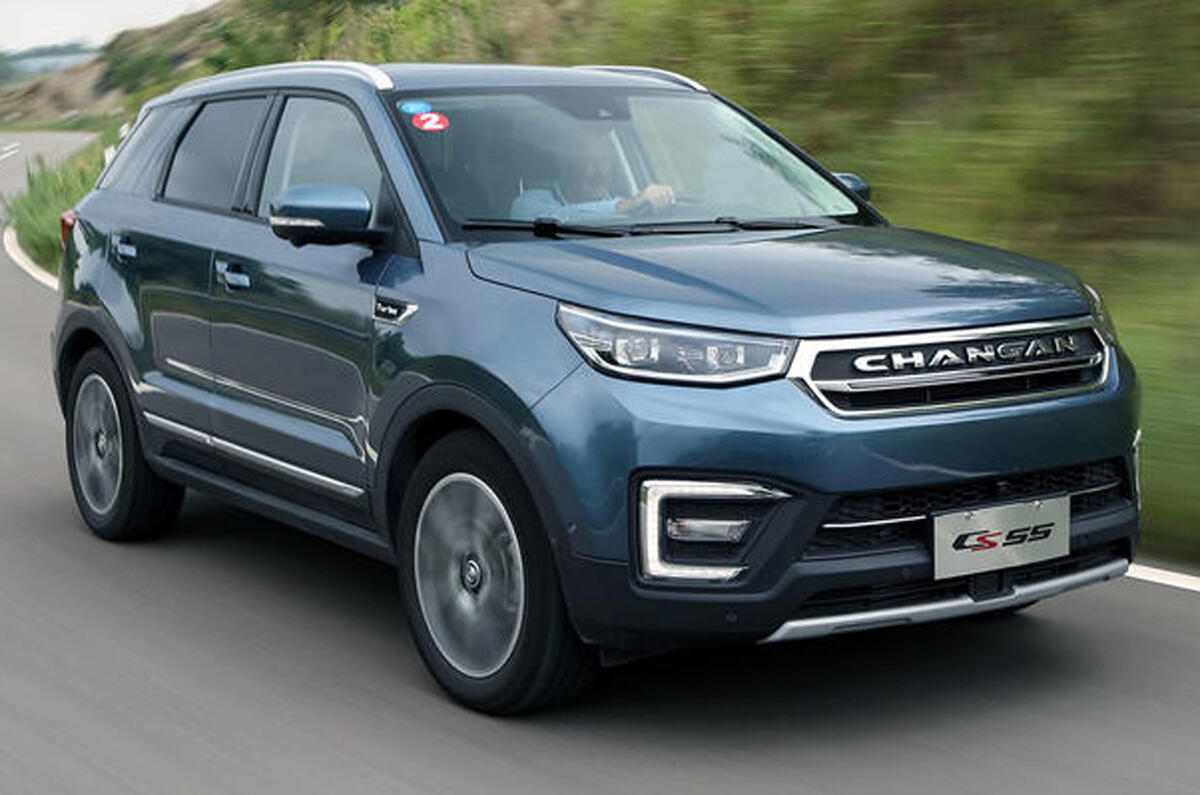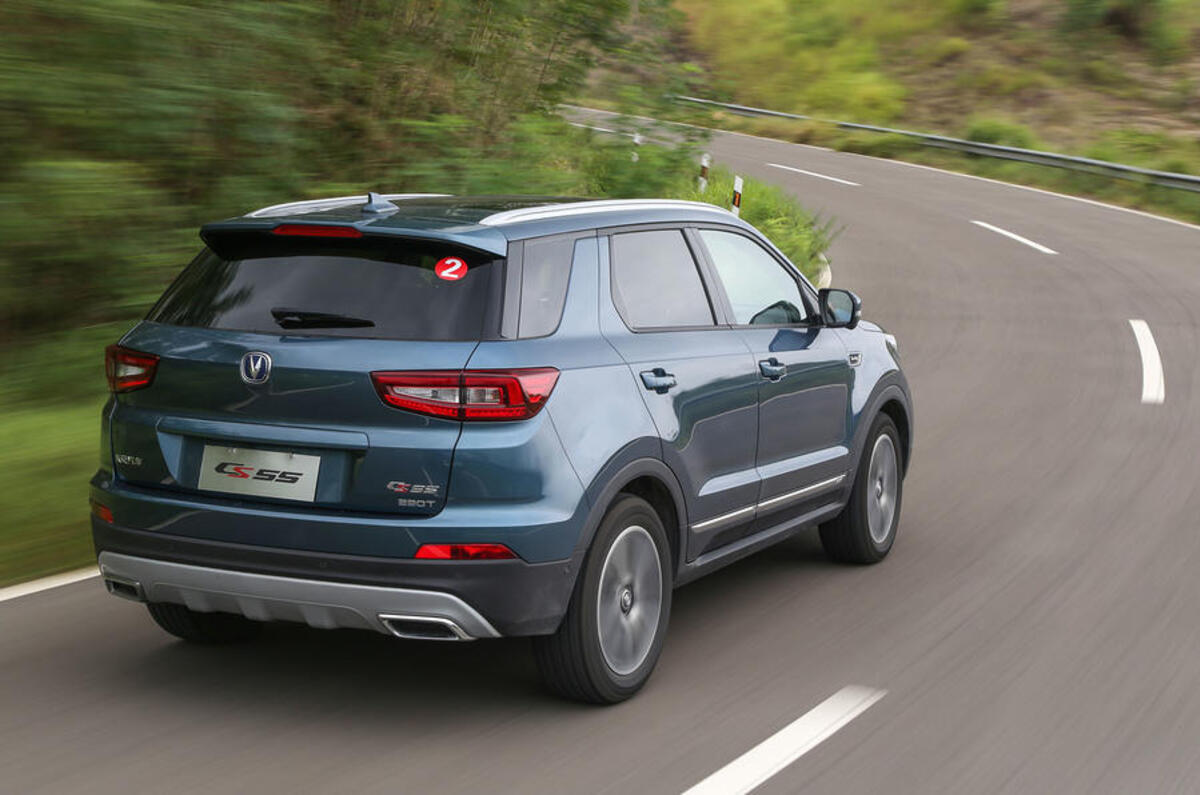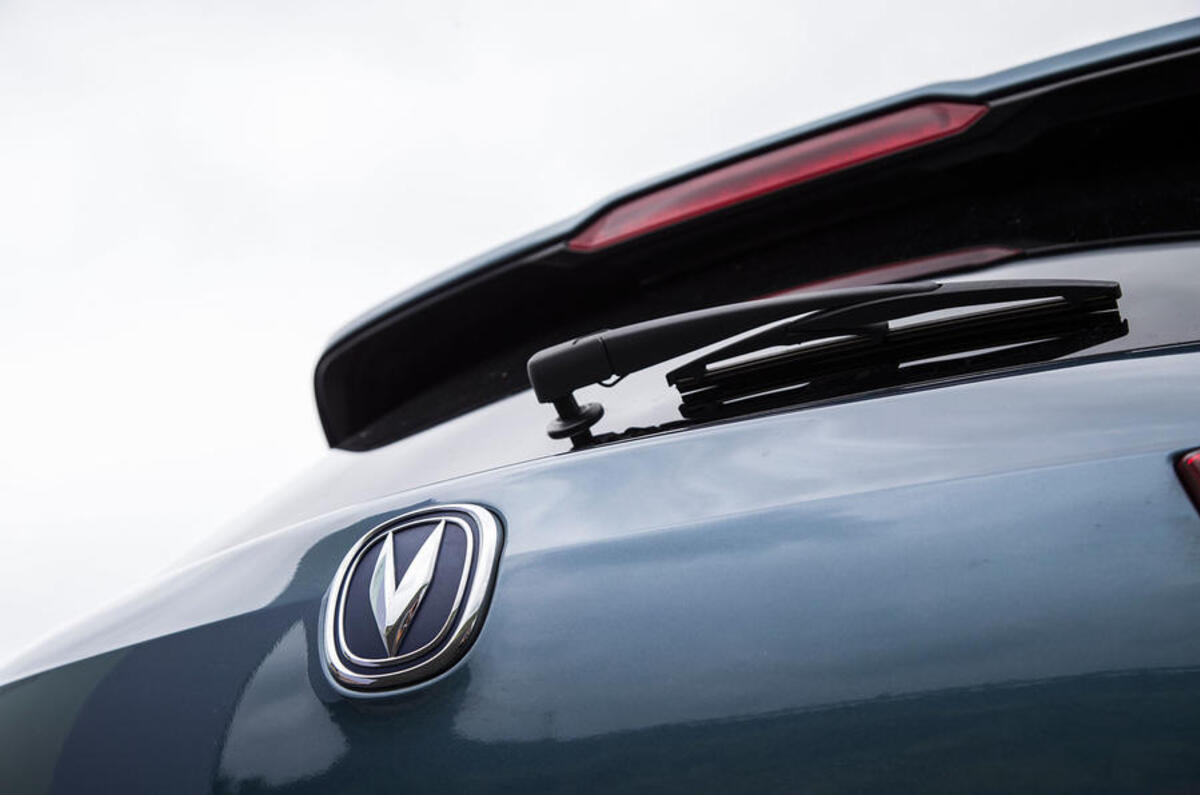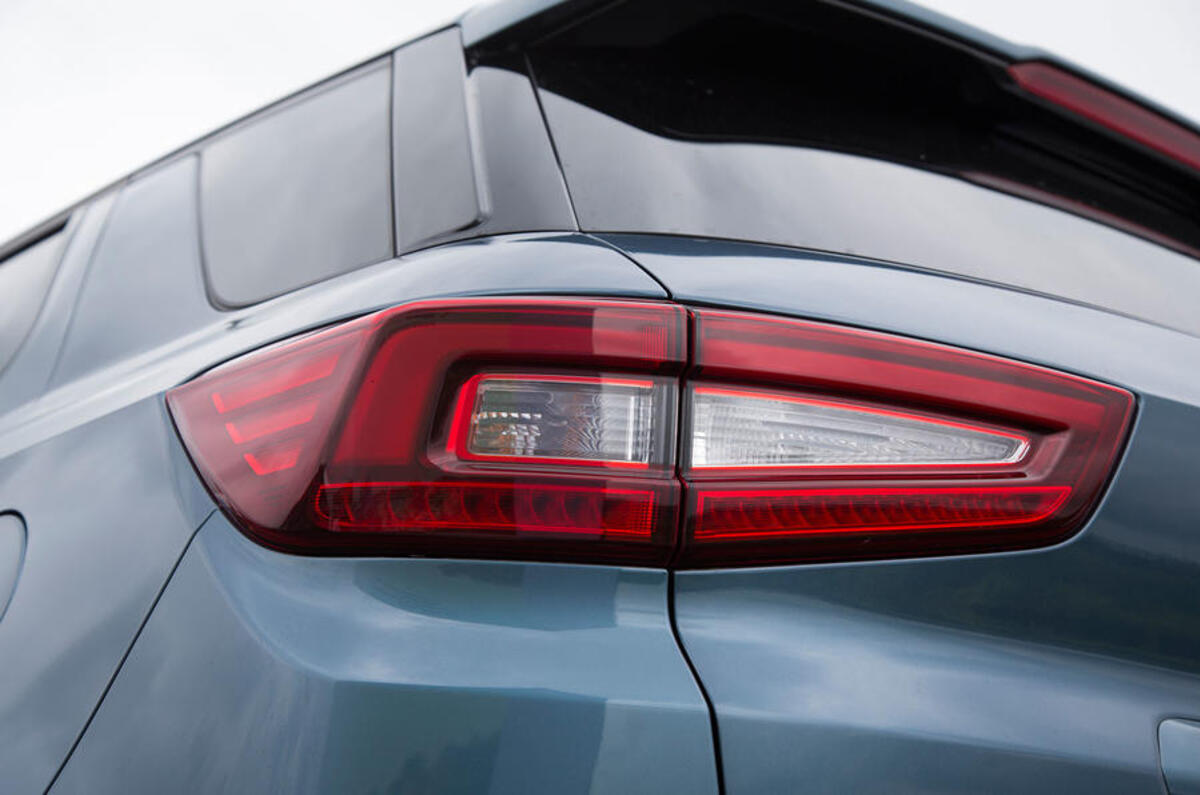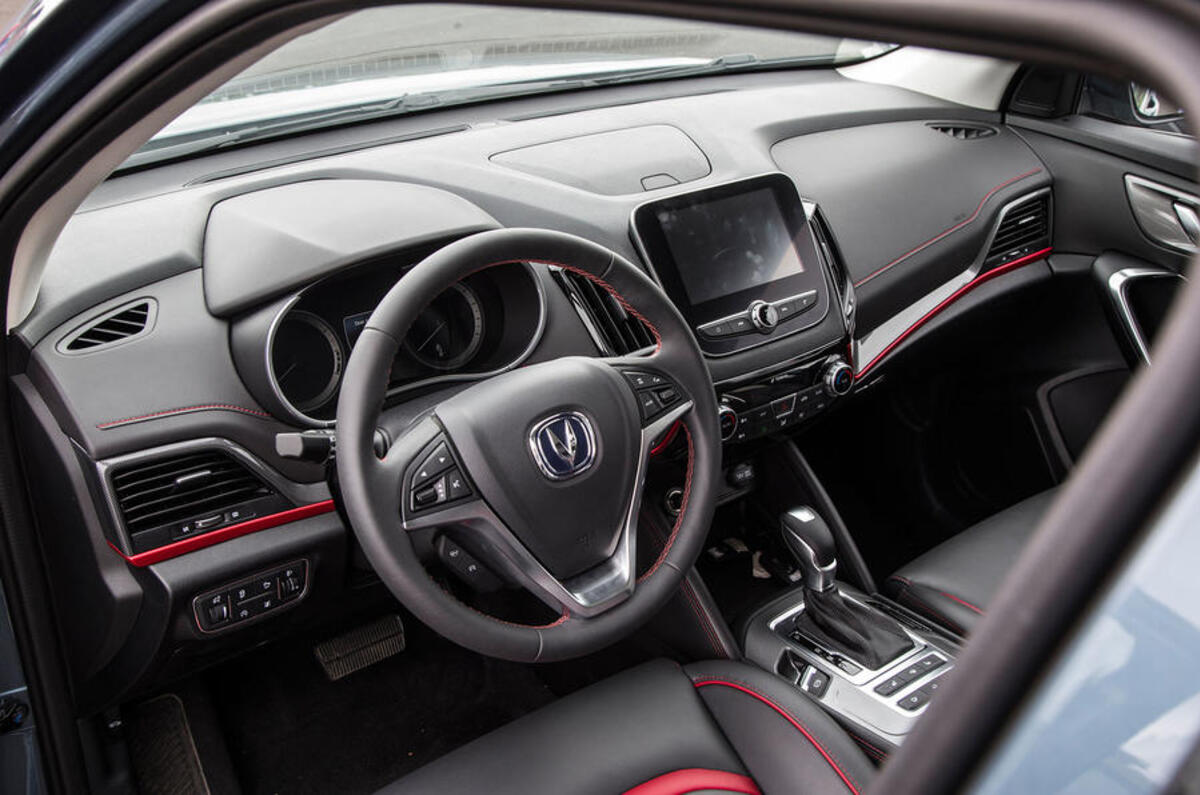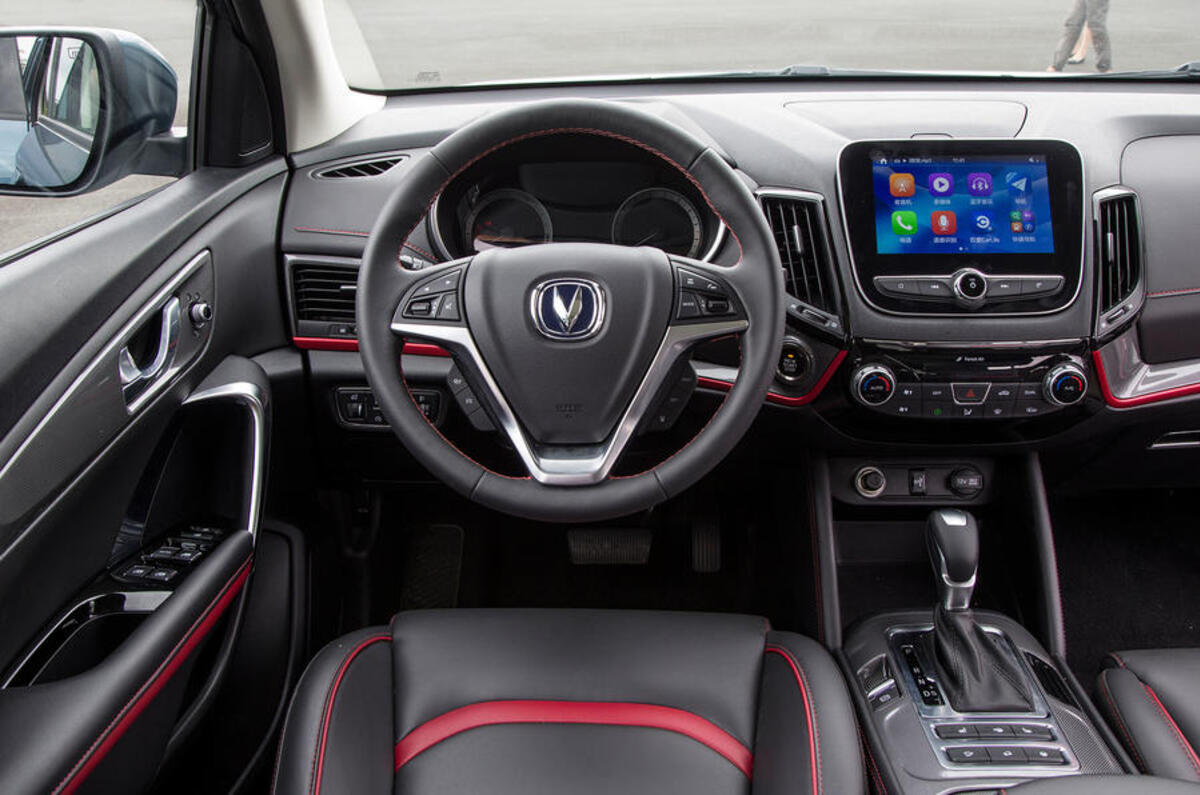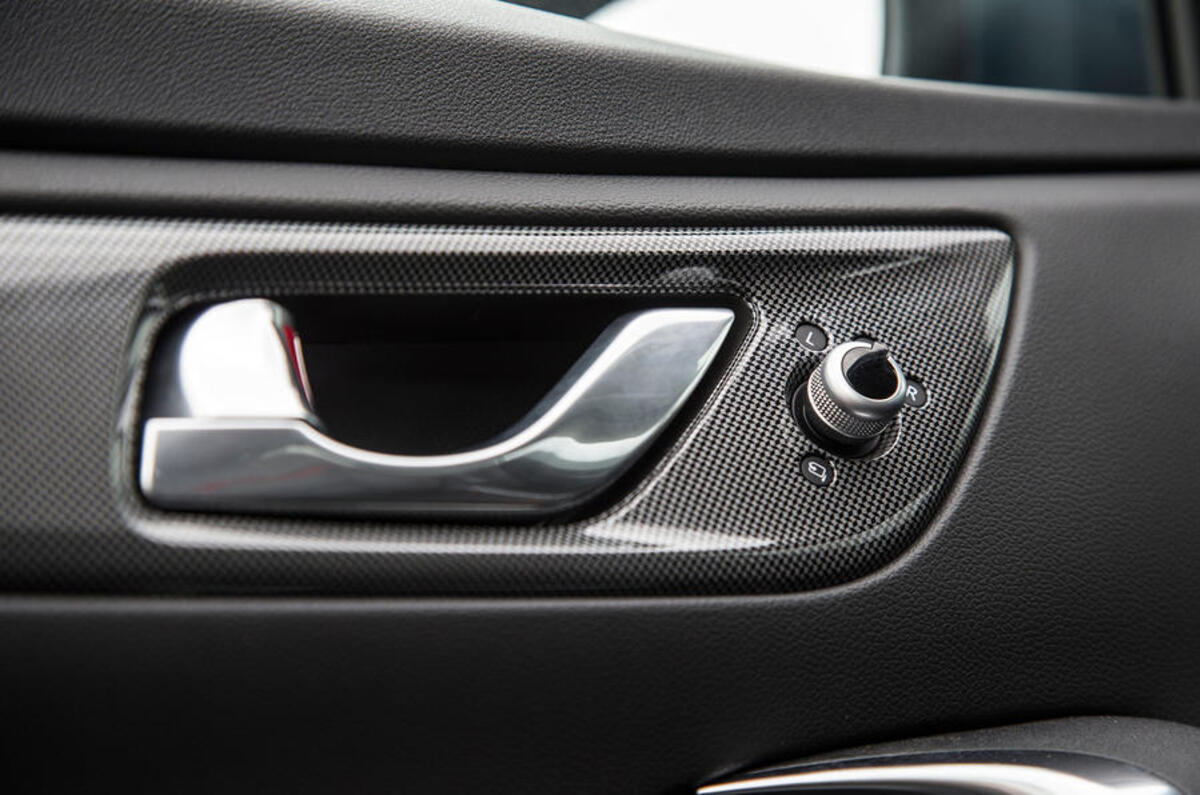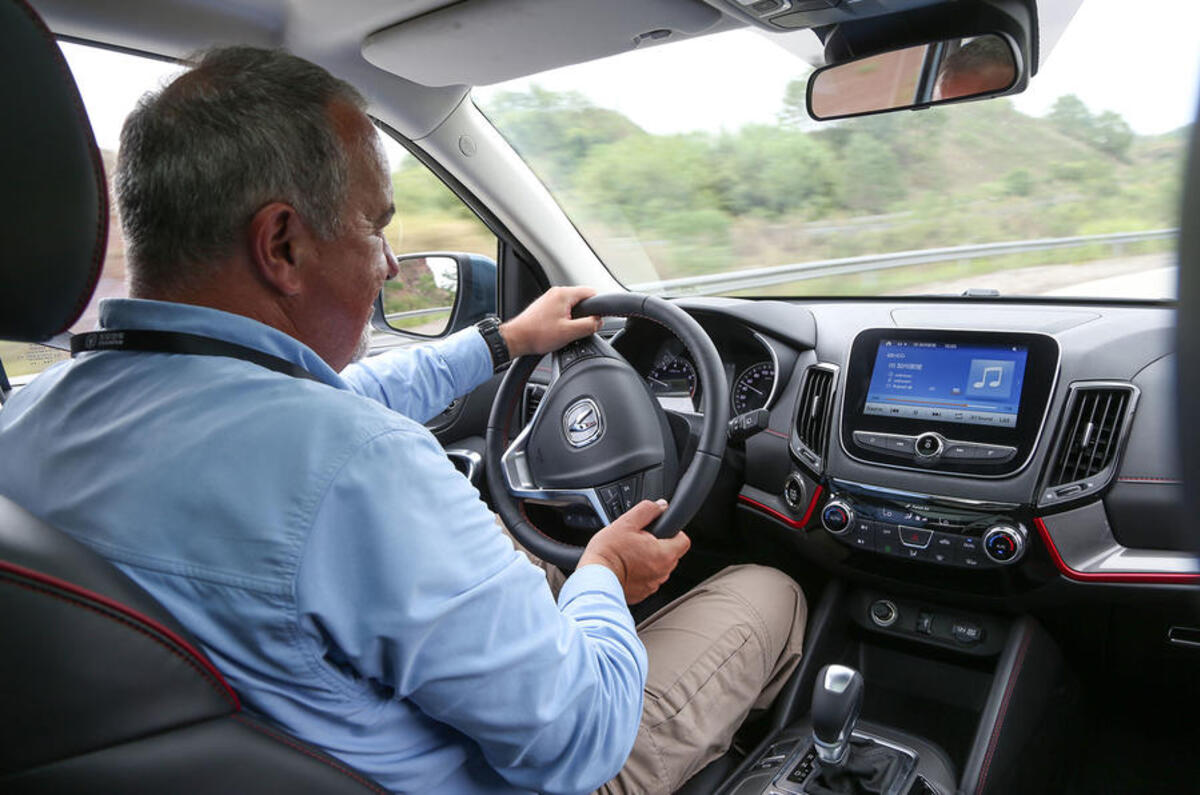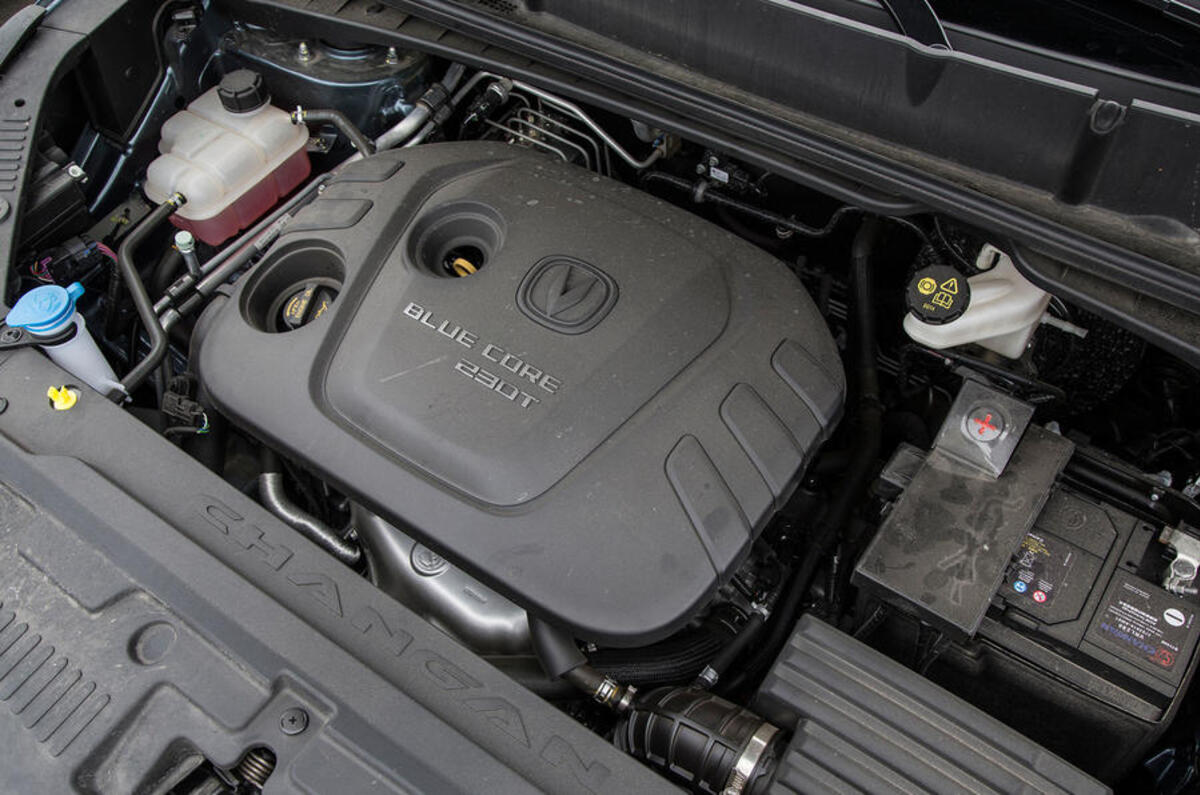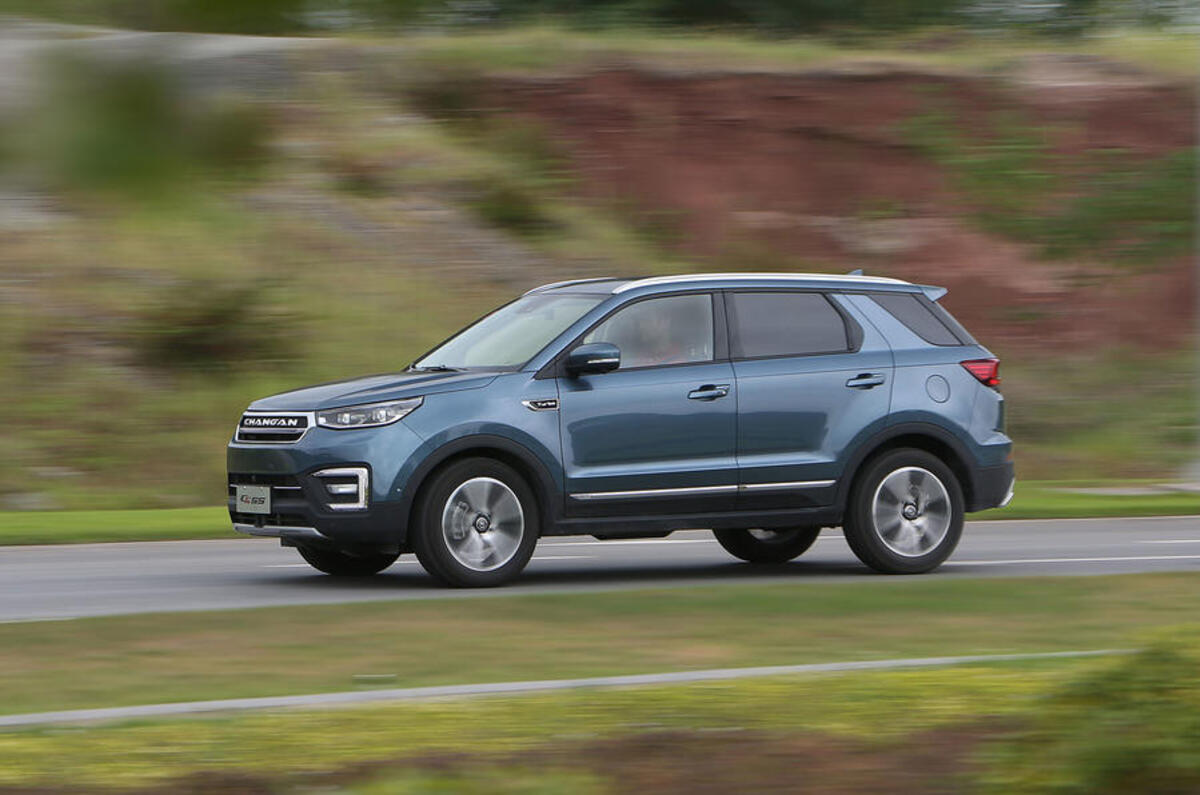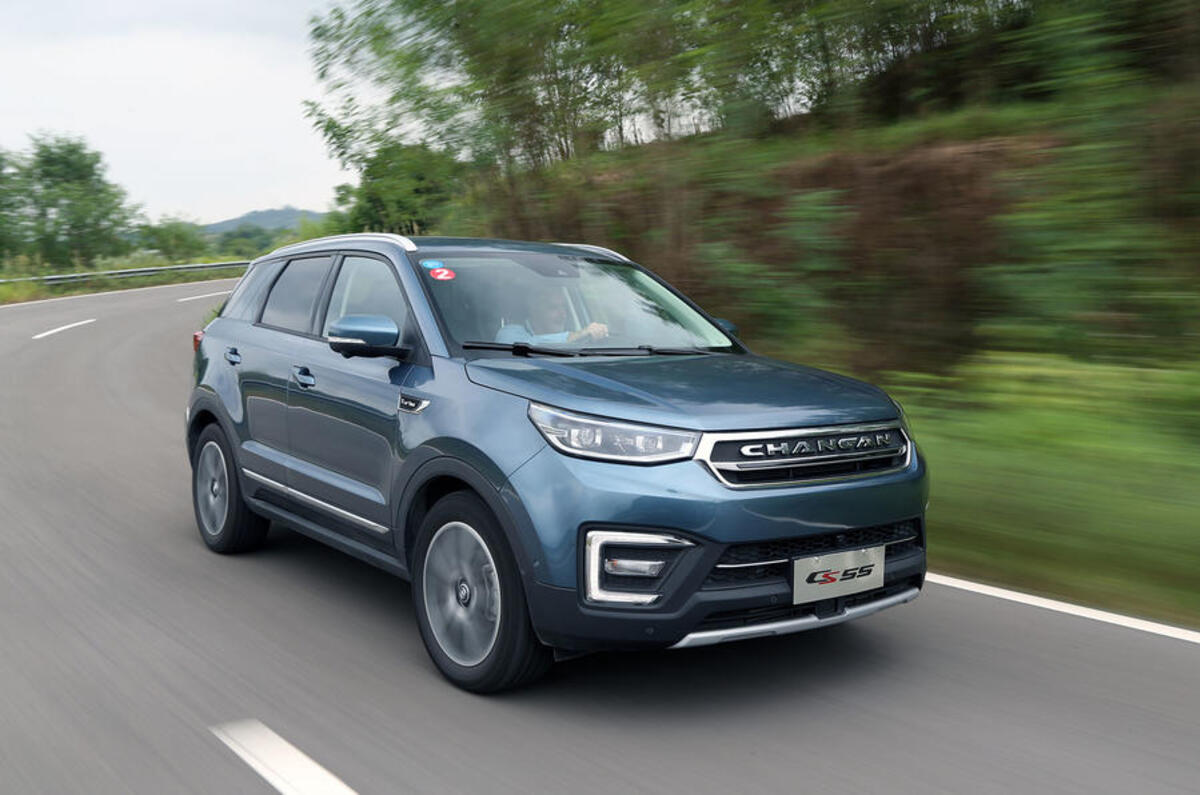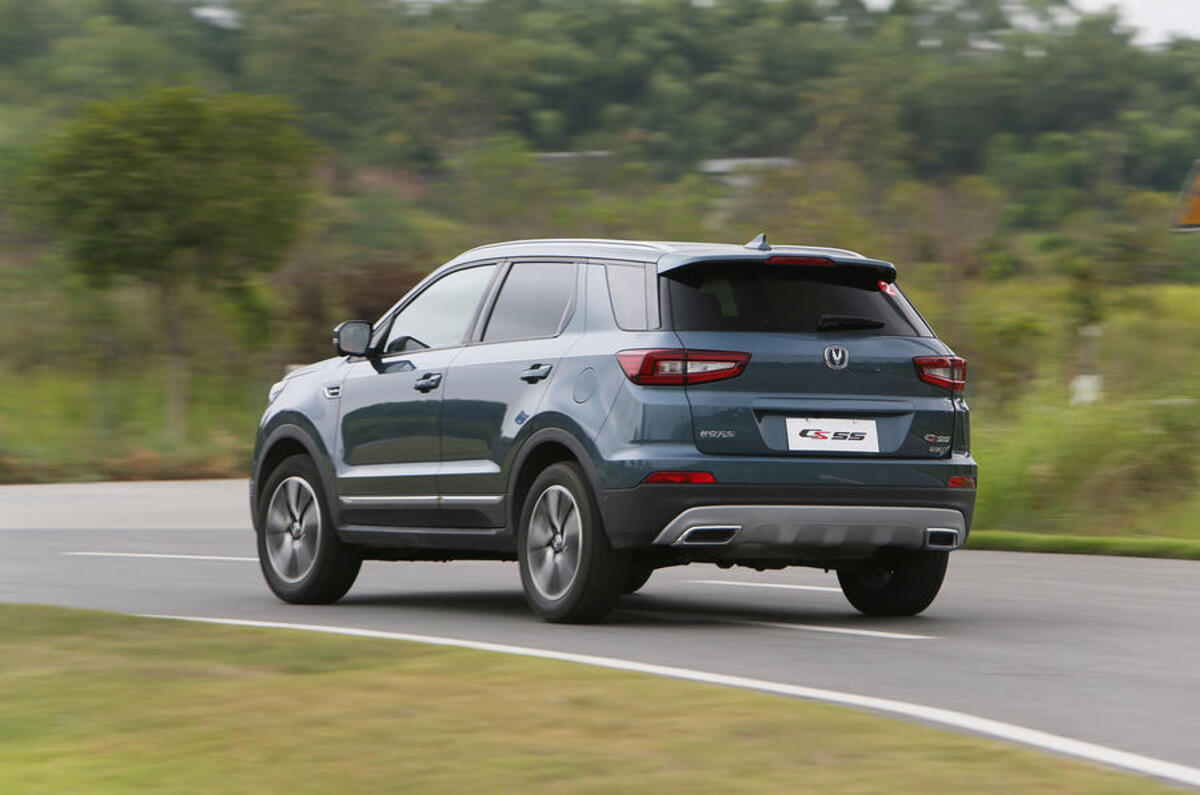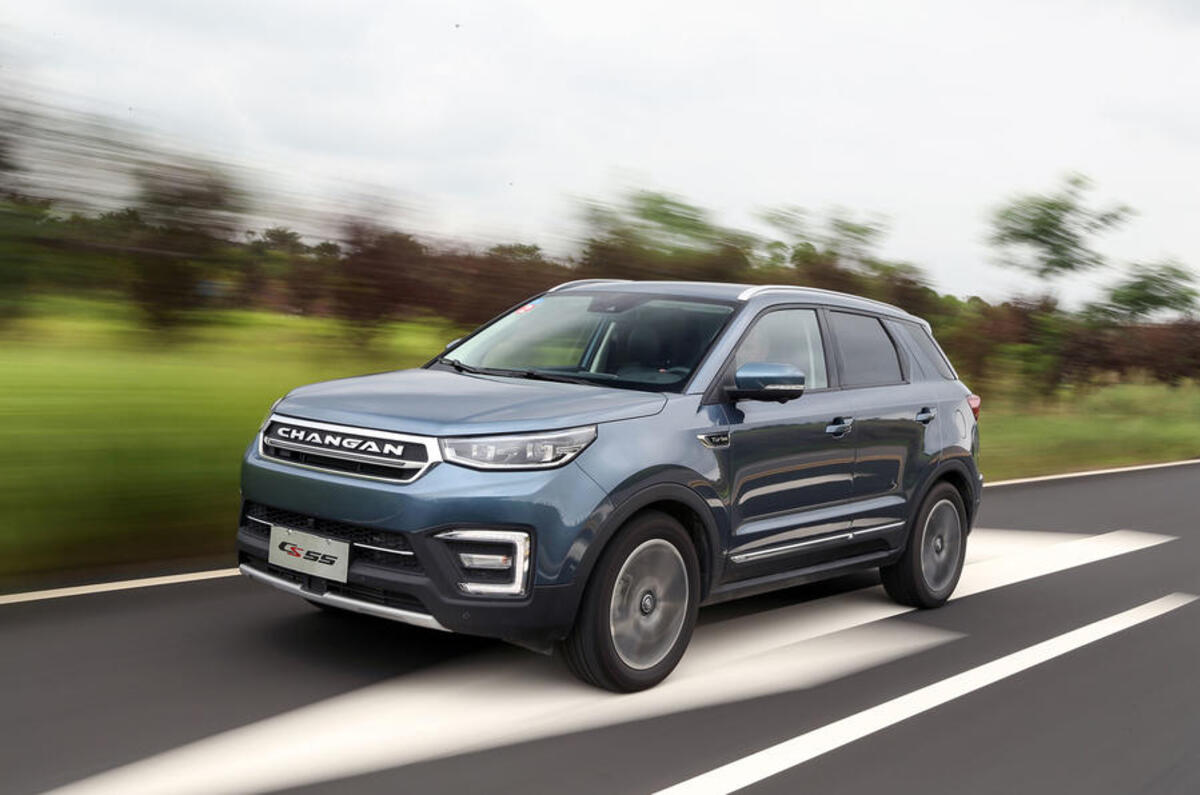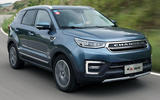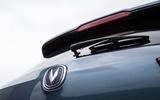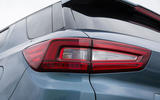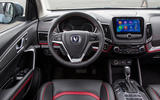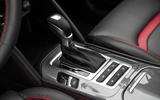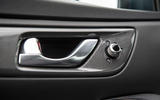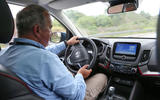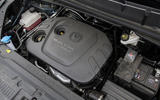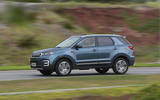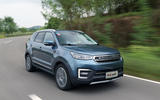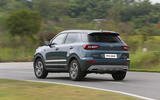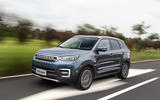The Changan CS55 is a five-seat SUV that could fire the first UK export shot from China’s third-biggest car maker.
Changan is a state-owned company that has joint ventures with Ford, Mazda and Peugeot in its home market and is now considering branching out with exports to the UK and Europe.
The CS55 is the newest model in its range of 17 models, and was launched at the 2017 Shanghai motor show to compete in the fast-growing Chinese compact SUV segment.
Understanding the Changan CS55’s place
About the size of the Ford Kuga, the CS55 sits on an all-new front-wheel-drive platform that will serve as the base for a new saloon, which for the first time will see Changan develop multiple models off a new architecture.
The styling was developed with input from Changan’s Turin design studio and although to some eyes slightly derivative of Land Rover’s latest models, it seems to have a mostly homogenous look.
Power comes from a four-cylinder 1.5-litre turbocharged petrol with variable valve timing on both inlet and exhaust camshafts. This unit is mated in our test car to a six-speed Aisin Warner automatic gearbox. Maximum power is 154bhp at 5500rpm and peak torque comes at 165lb ft.
The suspension is struts at the front, a multi-link axle at the rear, anti-roll bars front and rear. The steering is electric power and the brakes are vented discs at the front, solid at the rear. A subframe carries the powerpack and front suspension, an engineering detail that usually delivers an extra edge of on-road refinement.


